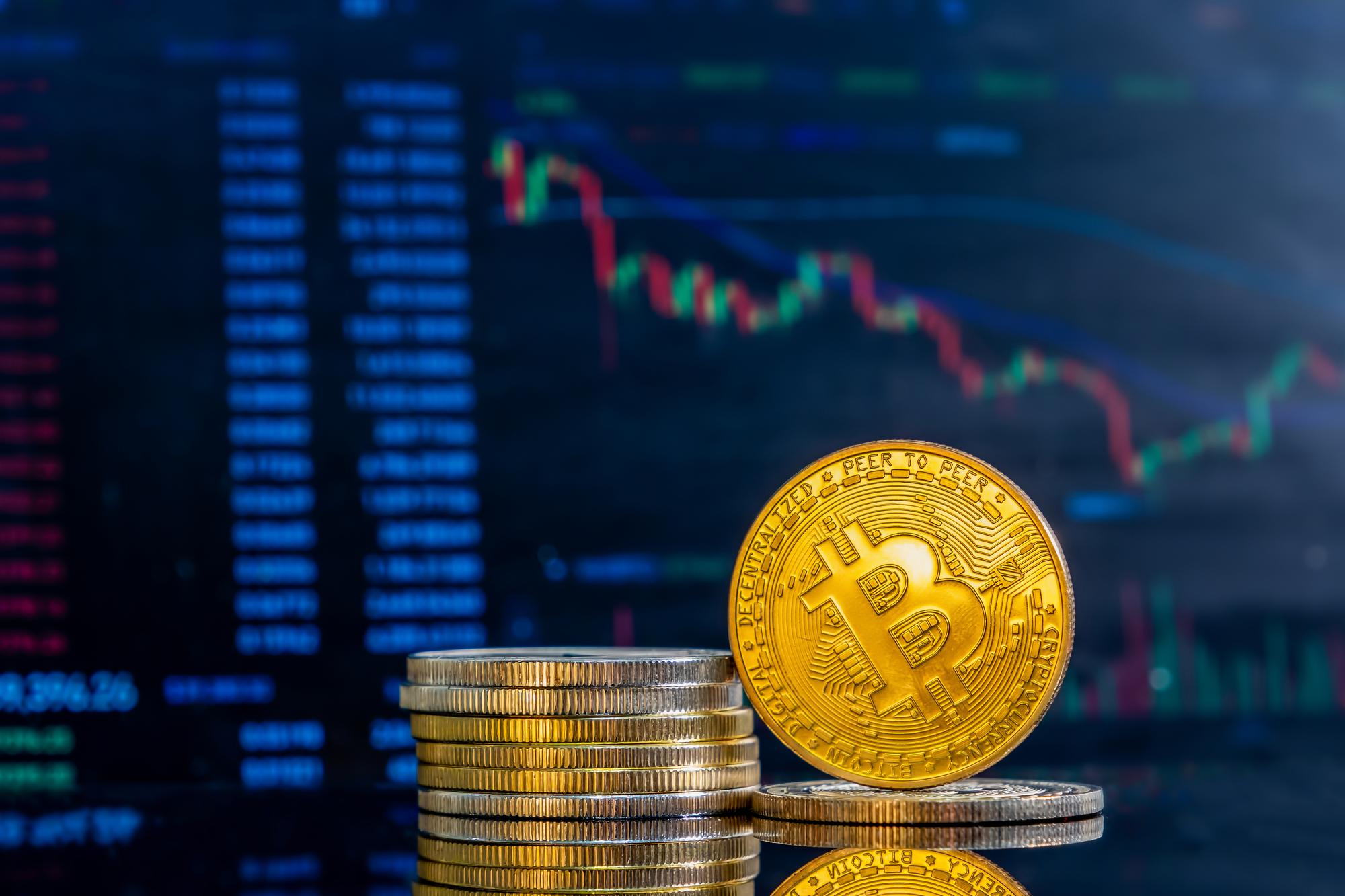The world of trading offers two highly dynamic and potentially profitable arenas: cryptocurrency trading and forex trading. Both have unique characteristics, opportunities, and risks. But if you’re deciding where to put your capital and time, you need to understand their mechanics, similarities, and differences. Let’s break it down.
What is Forex Trading?
Forex trading (foreign exchange trading) is the process of buying one currency while selling another, typically in pairs like EUR/USD or GBP/JPY. The forex market is the largest in the world, with an estimated daily turnover of over $8.05 trillion in 2024, and it is expected to be 8.61 trillion in 2025.
If you’ve ever exchanged money before traveling abroad, you’ve already had a small taste of forex. But professional forex trading takes that concept to a whole new level with far bigger stakes and opportunities.
What is Important in Forex Trading?
- FX market hours: Forex operates 24 hours a day, five days a week.
- Instruments: Currency pairs are categorized into majors, minors, and exotics.
- Liquidity: Exceptionally high, especially in major currency pairs.
- Leverage: Forex brokers often offer high leverage, allowing traders to control large positions with relatively small capital.
- Costs: Primarily spreads (the difference between bid and ask prices) and sometimes commissions.
Trading forex means speculating on the relative strength of two currencies based on economic indicators, geopolitical events, and market sentiment.
What is Cryptocurrency Trading?
Cryptocurrency trading involves buying and selling digital assets like Bitcoin, Ethereum, and Ripple. Unlike forex, cryptocurrencies are decentralized and not tied to a national economy.
What is Important in Cryptocurrency Trading?
- Market hours: Crypto trades 24/7, including weekends and holidays.
- Instruments: Spot trading, futures, options, and staking opportunities.
- Volatility: Extremely high compared to traditional markets. Prices can move double-digit percentages in a single day.
- Liquidity: Varies significantly between coins. Bitcoin and Ethereum are highly liquid, while smaller altcoins may have limited trading volume.
- Costs: Exchange fees, spreads, and network transaction fees.
If you’re wondering “What is spot trading in crypto?” it’s the purchase or sale of a cryptocurrency for immediate delivery, as opposed to derivatives like futures or perpetual swaps.
Key Differences Between Cryptocurrency and Forex Trading
Before you choose between trading Bitcoin or EUR/USD, it’s important to understand how these markets behave in completely different ways. The contrast goes beyond just price. It’s about how they move, when they move, and what drives those movements. These differences can shape your risk profile, trading strategy, and ultimately, your profitability.
1. Market Structure
- Forex is a regulated, over-the-counter market with centralized oversight from national regulators.
- Crypto operates mostly on decentralized exchanges, though centralized platforms also exist.
2. Volatility
- Forex pairs like EUR/USD typically move less than 1% per day.
- Crypto can see 5–15% daily moves — sometimes more.
3. Liquidity
- Forex enjoys massive liquidity across major currency pairs.
- Crypto liquidity depends on the asset. Bitcoin is deep and liquid, while niche tokens can be illiquid and prone to slippage.
4. Risk Profile
- Forex risks often stem from leverage and macroeconomic shocks.
- Crypto risks include extreme volatility, exchange hacks, and regulatory changes.
5. Trading Costs
- Forex spreads on majors are often below 1 pip.
- Crypto spreads vary widely, with additional blockchain transaction costs.
Similarities of Crypto Trading and Forex Trading
Despite their differences, these two markets have more in common than you might think. Especially when it comes to the skills and tools traders rely on every day.
While they differ in many aspects, there’s notable overlap:
- Speculation on price movements: Both markets reward skillful timing and market analysis.
- Use of leverage: Available in both, though risk management is crucial.
- Technical and fundamental analysis: Price charts, indicators, and news events drive decision-making in both markets.
- Accessibility: Online platforms make it easy to trade FX and crypto globally.
Risk Management in Crypto and FX Markets
In trading, it’s not just about how much you can make, it’s about how much you can keep. Mastering risk management can mean the difference between lasting success and a blown account
Whether you trade forex or crypto, your risk profile and discipline determine long-term success. You can use these tips while managing your risks:
- Position sizing: Never risk more than a small percentage of your capital on a single trade.
- Stop-loss orders: Protect you from catastrophic losses in both high-volatility crypto and steady-moving forex.
- Diversification: Spread risk across multiple currency pairs or crypto assets.
- Avoid over-leverage: High leverage can magnify gains but also destroy your account quickly.
Factors to Consider Before Choosing
Choosing your market isn’t just about potential profits, it’s about matching your personality, schedule, and goals to the way the market works. Here are some of the factors to consider before choosing between cryptocurrency trading and FX trading:
1. Your Trading Style
- Scalpers and day traders may prefer forex for tight spreads and deep liquidity.
- Swing traders and investors may find crypto more rewarding due to its larger price swings.
2. Time Commitment
- Forex allows traders to focus on specific market sessions (London, New York, Asia).
- Crypto never sleeps, requiring either round-the-clock monitoring or automation.
3. Knowledge and Tools
- Forex traders need to follow global economic news and central bank policies.
- Crypto traders must understand blockchain fundamentals, tokenomics, and market sentiment.
Crypto or Forex Which is Better?
There’s no universal answer. If you prefer predictable liquidity, lower volatility, and regulated markets, forex trading might be your ideal choice. If you’re comfortable with higher risk, faster price movements, and innovative technology, crypto trading could be more exciting.
Many traders actually diversify trading currency pairs during weekdays and managing crypto portfolios over the weekend.
Final Thoughts
Whether you decide to trade FX or dive into crypto trading, success depends on your strategy, discipline, and ability to manage risk. Forex offers stability and regulation, while crypto offers high volatility and potentially higher returns.
Some traders use both, hedging positions in one market with opportunities in the other. Whichever you choose, learn continuously, adapt to market conditions, and trade with a clear plan.
FAQ
1. Is forex or crypto trading more profitable?
Profitability depends on your strategy, risk management, and market conditions. Crypto offers higher volatility (and potential returns), while forex is more stable but can still be highly rewarding with leverage.
2. What is spot trading in crypto?
Spot trading means buying or selling a cryptocurrency for immediate settlement at the current market price, as opposed to futures or other derivatives.
3. Which market is better for beginners: forex or crypto?
Forex is often considered more predictable and regulated, making it a better choice for some beginners. However, crypto can also be beginner-friendly if you start with small amounts and focus on well-known coins like Bitcoin and Ethereum.
4. Can I trade forex and crypto at the same time?
Yes. Many traders diversify by trading forex during weekdays and managing crypto positions over the weekend since crypto markets are open 24/7.
5. Which market has more risk: forex or crypto?
Crypto typically carries higher risk due to extreme volatility and potential regulatory changes, while forex risks are often related to leverage and macroeconomic events.





Leave A Comment